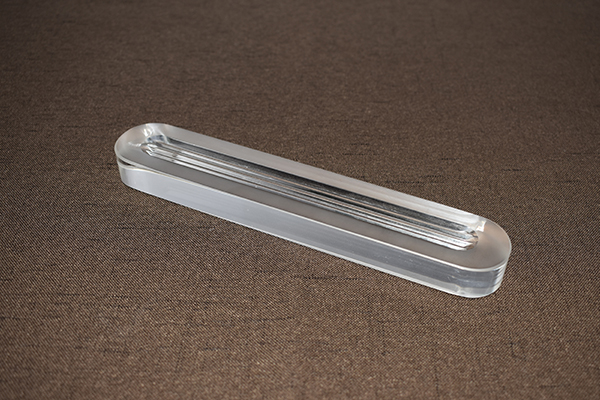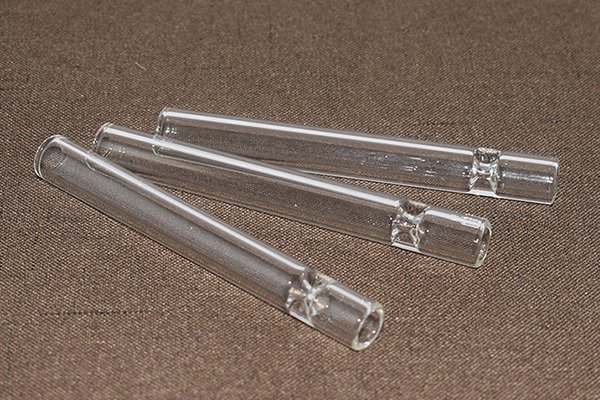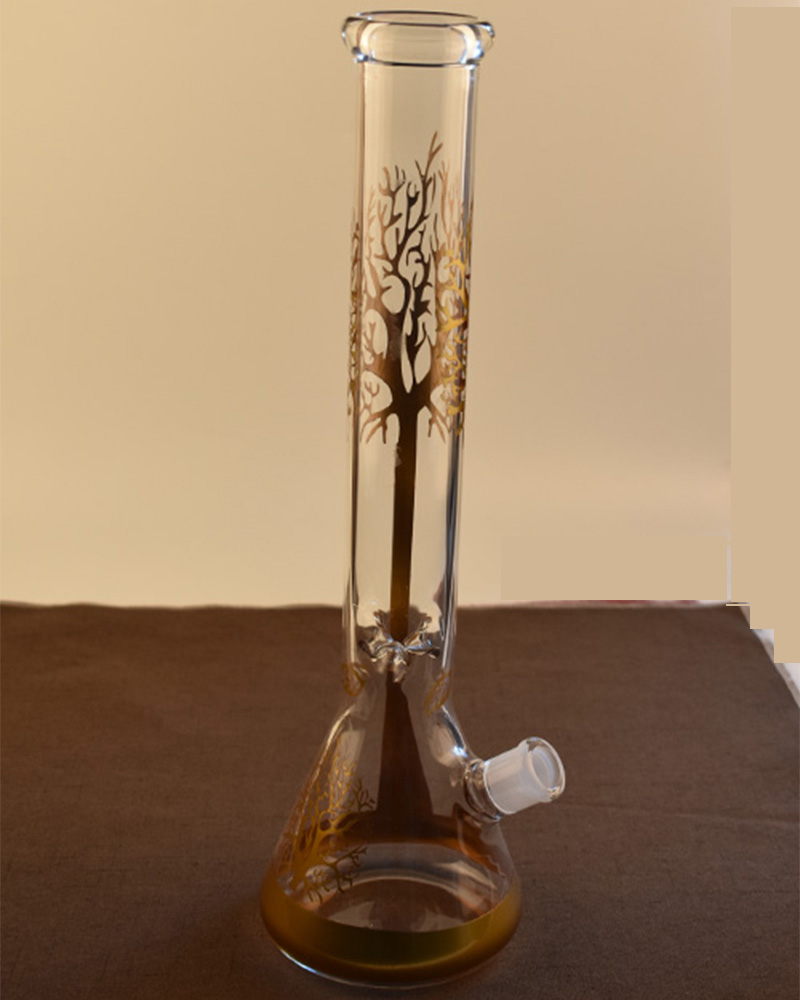News Detail
Storage and Transportation Guidelines for Borosilicate Glass
Borosilicate glass is valued for its excellent thermal stability, high chemical resistance, and optical clarity, making it a preferred choice in laboratory, industrial, and consumer applications. However, to maintain its performance and integrity, proper storage and transportation practices are essential.
1. Storage Precautions
-
Clean, Dry Environment – Store borosilicate glass in a well-ventilated area, free from dust, moisture, and corrosive vapors. Humidity can lead to surface stains or micro-corrosion over time.
-
Avoid Direct Sunlight – Prolonged UV exposure can cause slight surface degradation or stress changes, especially in coated or treated glass products.
-
Protective Packaging – Keep items in padded cartons or foam inserts to prevent scratches and chipping. For large panels, store vertically in racks with soft separators.
-
Stable Temperature – Avoid storing in environments with large temperature fluctuations to prevent stress accumulation.
2. Transportation Safety
-
Shock and Vibration Protection – Use foam padding, bubble wrap, or custom-fit crates to minimize impact. Glass should be secured to prevent shifting during transit.
-
Vertical Positioning – Transport large sheets or panels upright, never flat, to reduce bending stress and breakage risk.
-
Clear Labeling – Mark packages with “Fragile” and “Handle with Care” labels, including orientation arrows for correct handling.
-
Avoid Sudden Temperature Changes – When moving from cold to warm environments (or vice versa), allow the glass to acclimate gradually to prevent thermal shock.
Summary
Proper storage and transportation of borosilicate glass focus on minimizing mechanical impact, avoiding thermal shock, and preventing surface contamination. These precautions help ensure the glass arrives at its destination in perfect condition and retains its performance characteristics.



